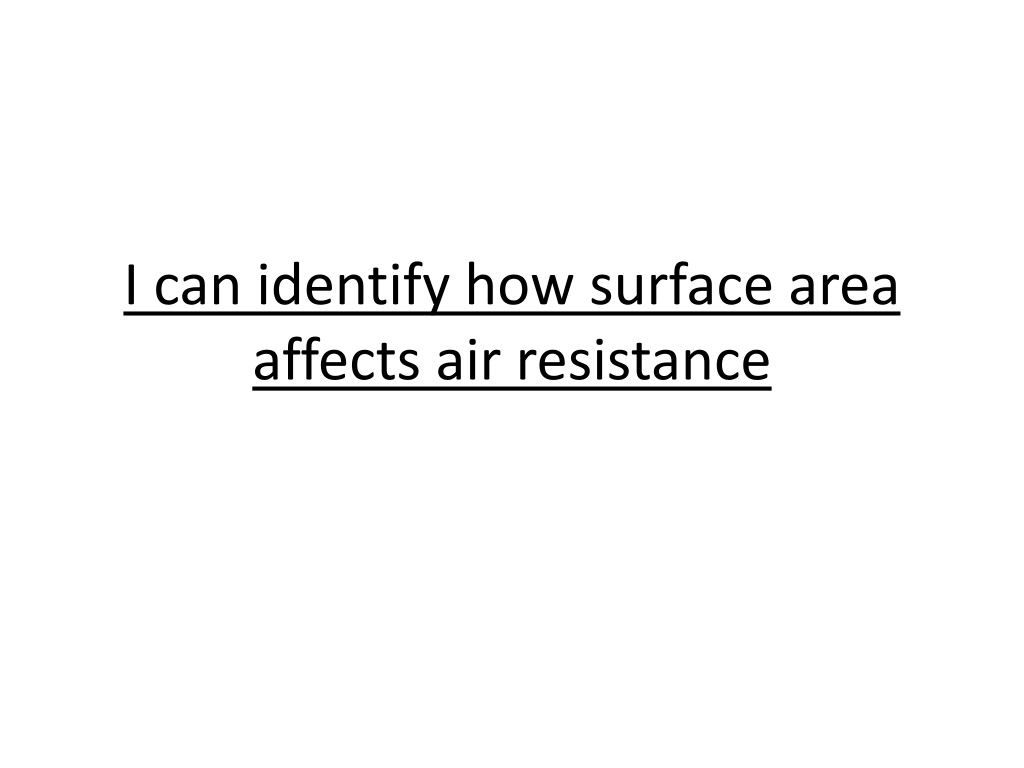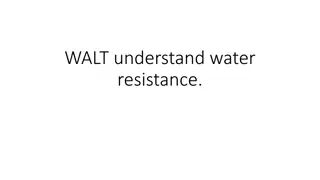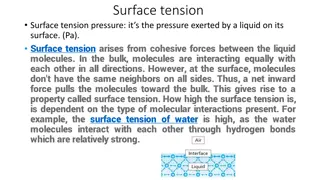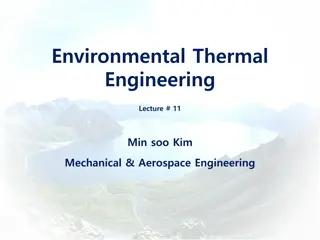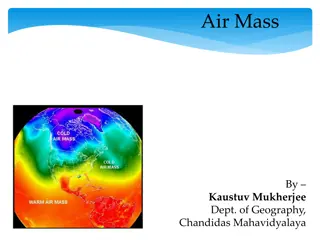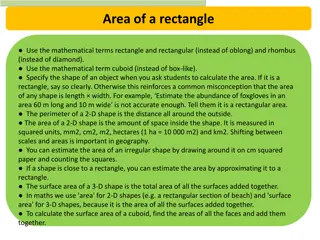Air Resistance with Surface Area
Discover how surface area influences air resistance by exploring the forces acting on a person jumping out of a plane. Engage in an experiment creating different-sized paper parachutes to observe the effects of surface area on descent speed. Predict, test, and analyze the outcomes to deepen your understanding of this physics concept.
Download Presentation

Please find below an Image/Link to download the presentation.
The content on the website is provided AS IS for your information and personal use only. It may not be sold, licensed, or shared on other websites without obtaining consent from the author.If you encounter any issues during the download, it is possible that the publisher has removed the file from their server.
You are allowed to download the files provided on this website for personal or commercial use, subject to the condition that they are used lawfully. All files are the property of their respective owners.
The content on the website is provided AS IS for your information and personal use only. It may not be sold, licensed, or shared on other websites without obtaining consent from the author.
E N D
Presentation Transcript
I can identify how surface area affects air resistance
Key questions for you to think about How do people slow themselves down when they jump out of a plane? What forces may be acting upon a person jumping out of a plane?
Watch the video up to 2:10 https://www.khanacademy.org/partner- content/mit-k12/mit-k12-physics/v/the-physics- of-skydiving
In the video they talked about the forces gravity and drag (air resistance). Surface area plays another vital role in how quickly a person falls to the ground when they jump out of a plane.
But does having a large surface area slow you down quicker or slower? What do you think? Why do you think this?
Experiment! Lets create 3 parachutes using paper. Each square parachute will need: A large surface area of approximately 400cm (each side will need to be 20cm long) A medium sized surface area of approximately 225cm (each side will need to be 15cm long A small surface area of approximately 100cm (each side will need to be 10cm long)
20cm 200cm 15cm 225cm 15cm 20cm Using 4 pieces of string or thread per parachute (all the same length), tie each piece to the corners of the parachute and attach a weight (maybe a Lego man?!) Make holes in the corners with a pencil or you could use a hole punch. 100cm 10cm 10cm
Fair testing and prediction You will drop each parachute from the same height. Why? What do you predict will happen? Why?
The test! Drop each parachute! You may want to use a stop watch to time the fall. You may want to repeat your test a few times (to ensure it s fair!) and try and find the take an average time using a calculator. Parachute Test 1 Test 2 Test 3 Large Parachute Test 1 (time) Test 2 (time) Test 3 (time) Average time (add all 3 times together and divide by 3) Medium Small
Results What did you find out? The larger the surface area, the slower the parachute falls. Why? This is because the greater the surface area, the greater the air resistance. In other words, the larger the surface area, the slower the parachute falls.
